Image Archive










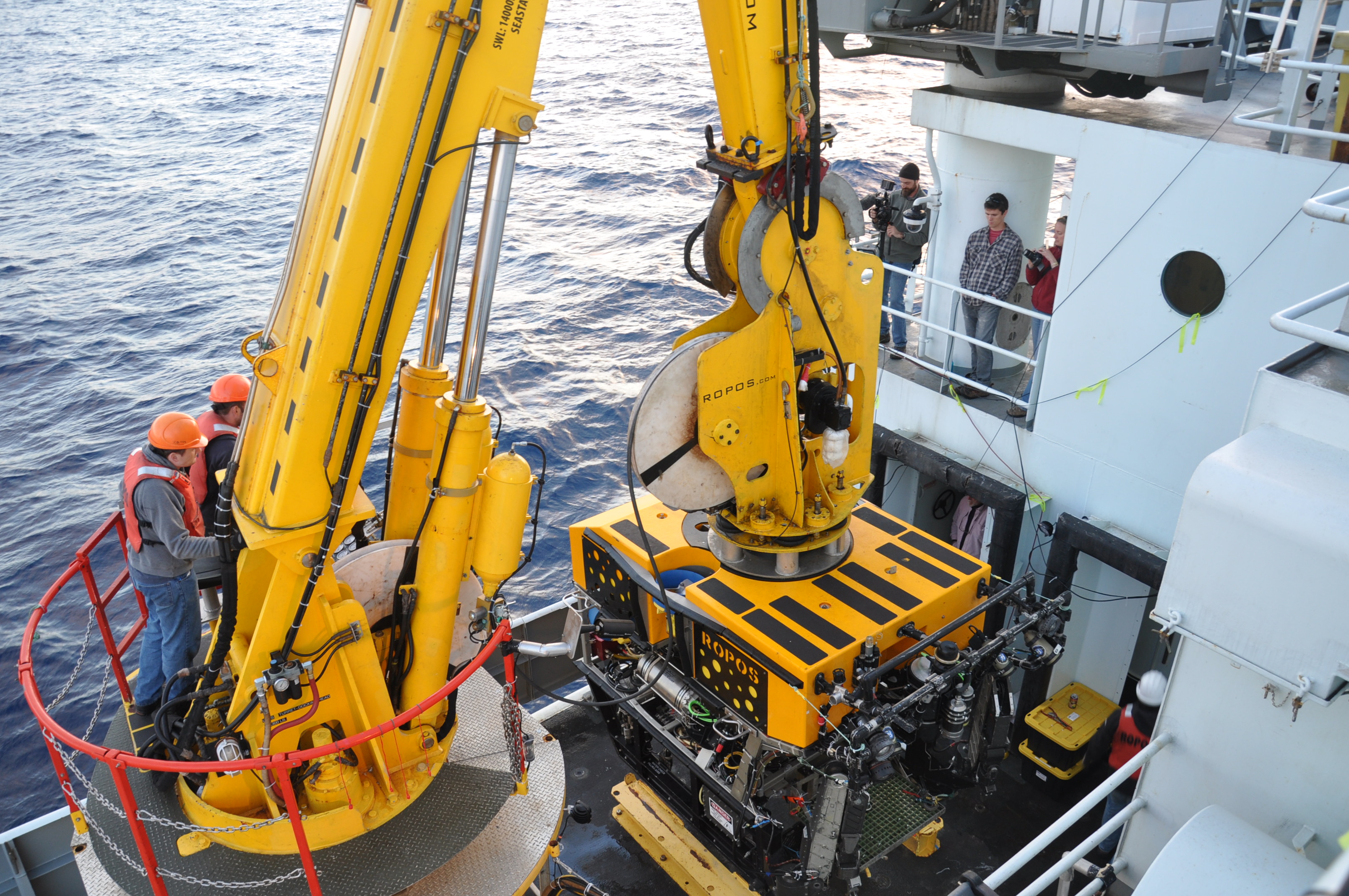


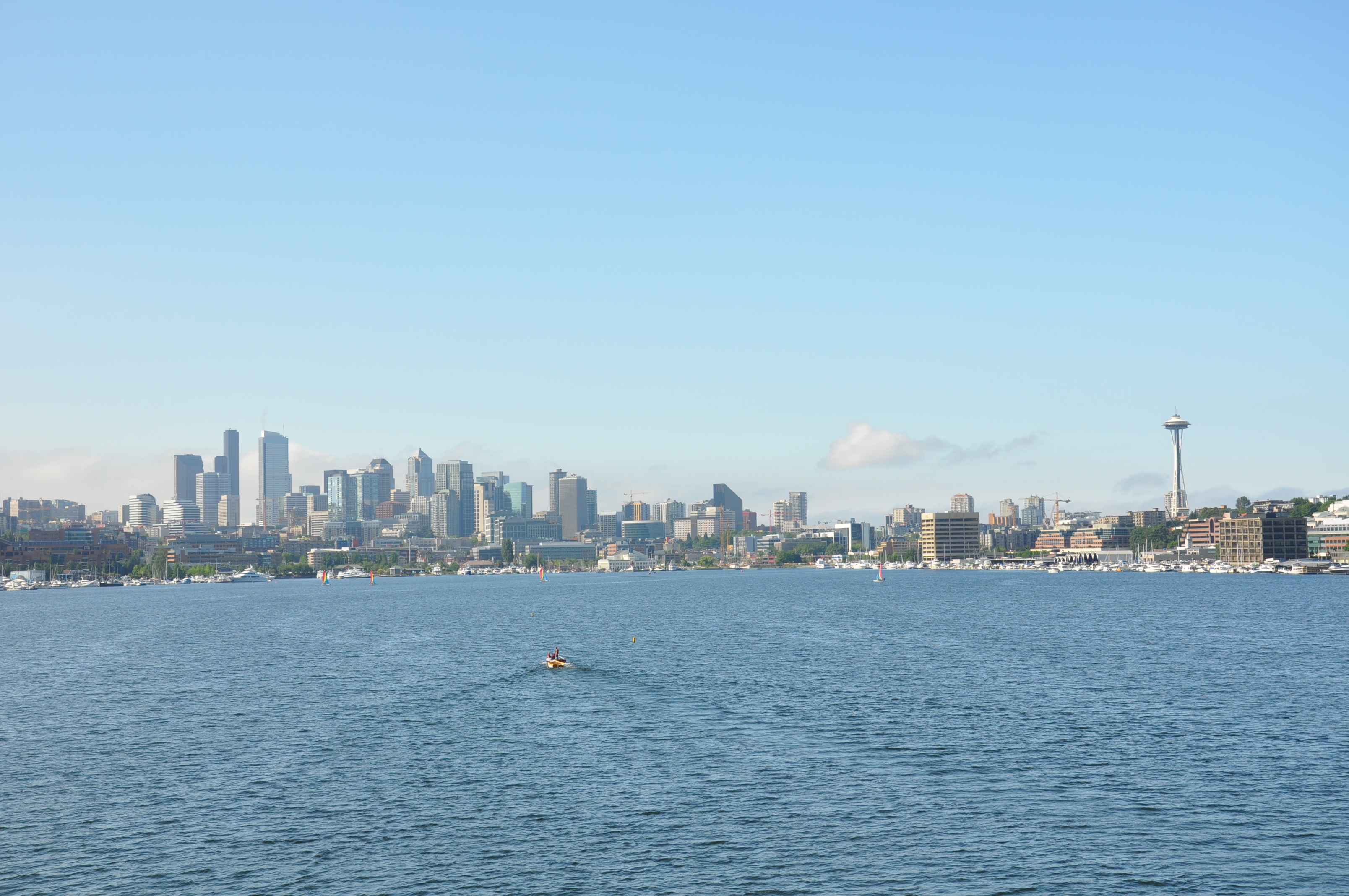
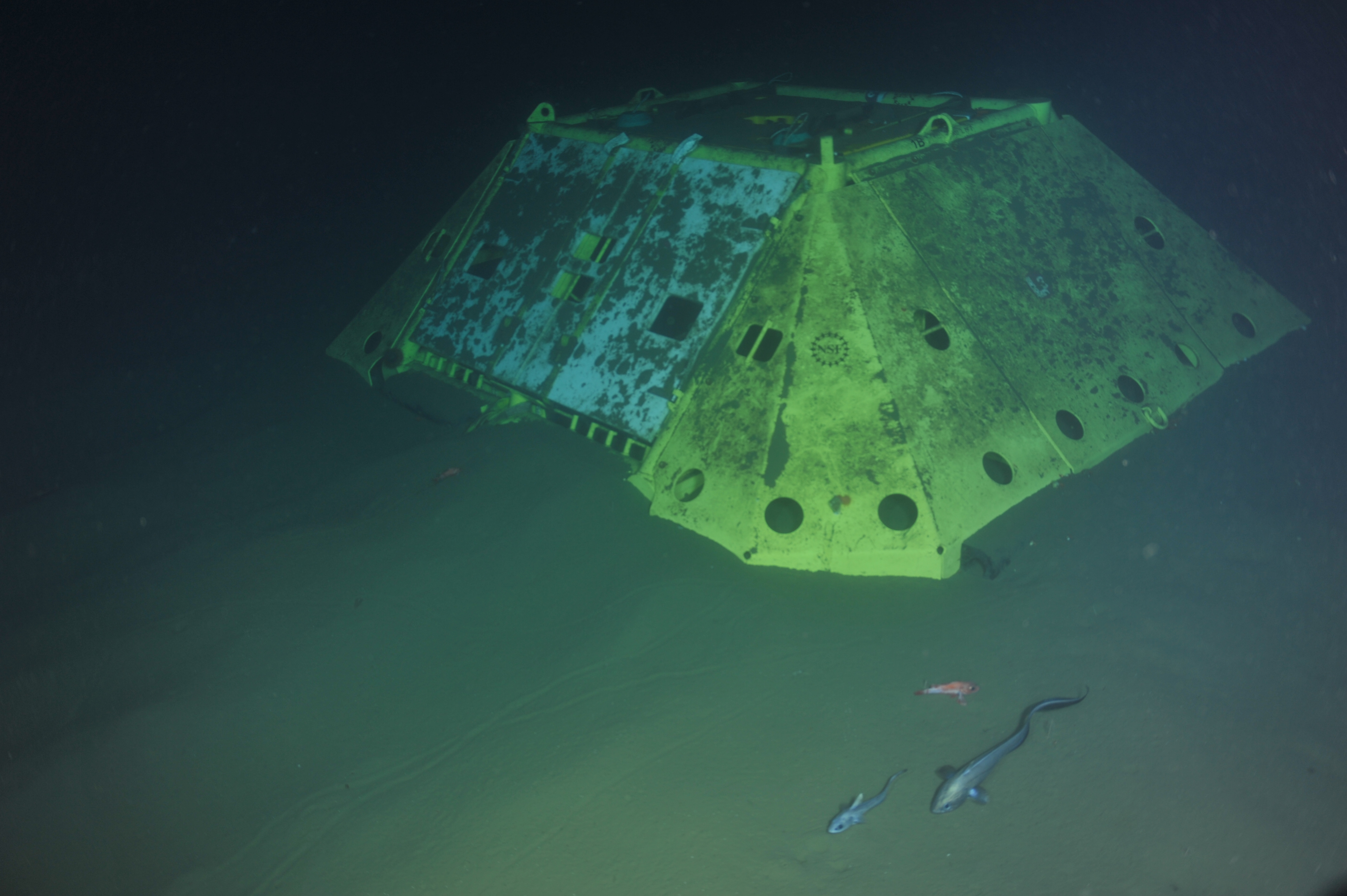
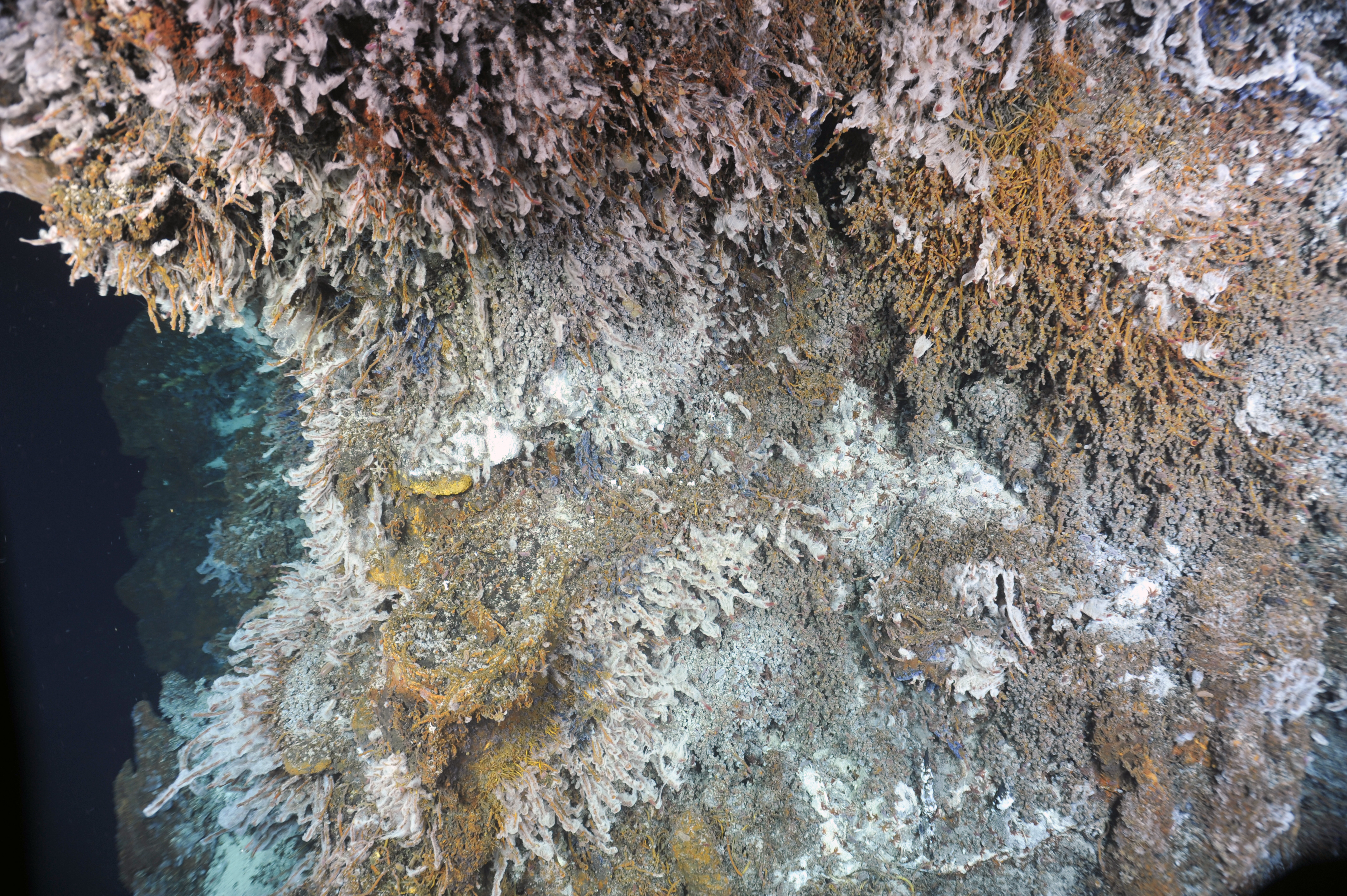

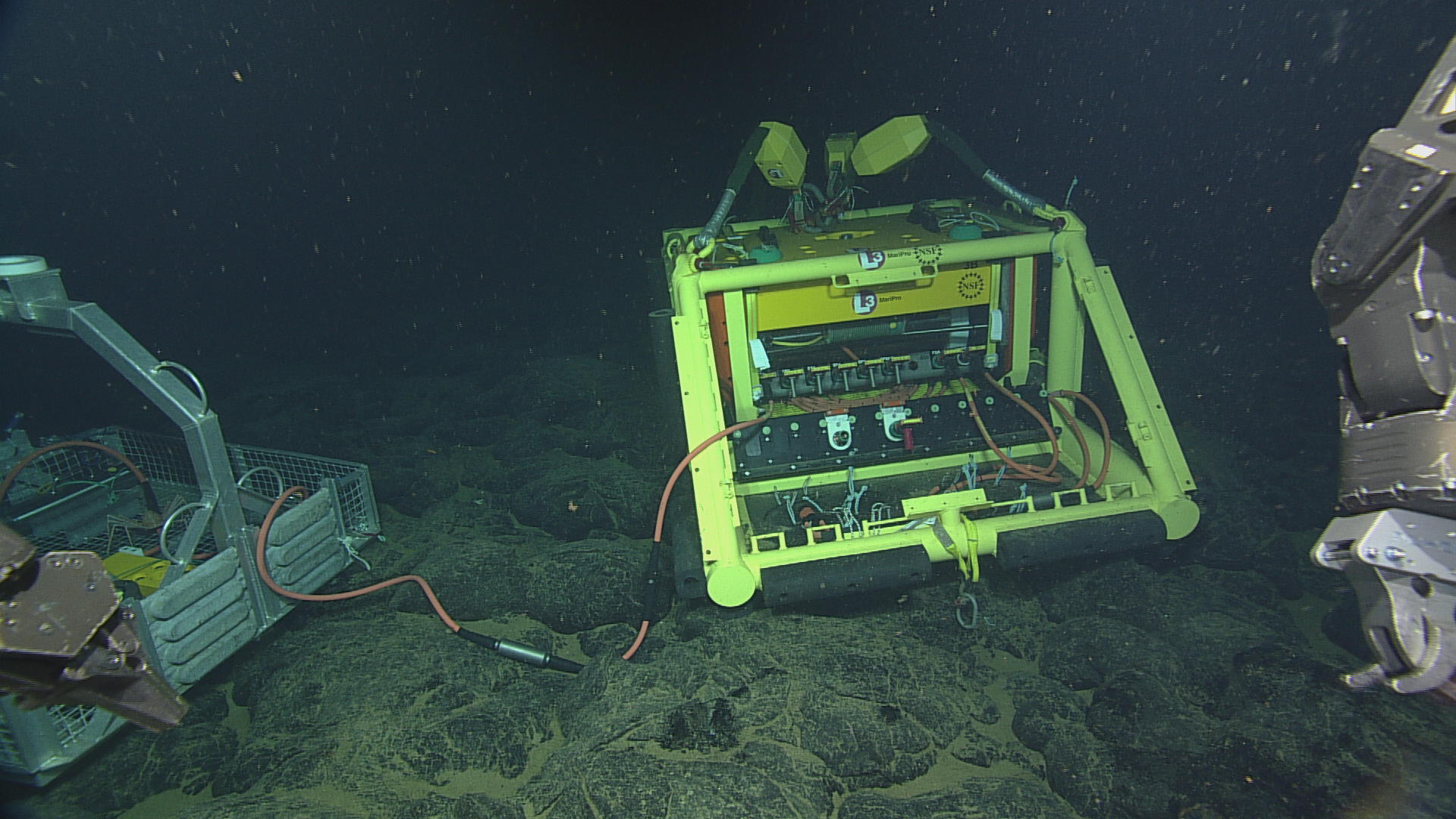








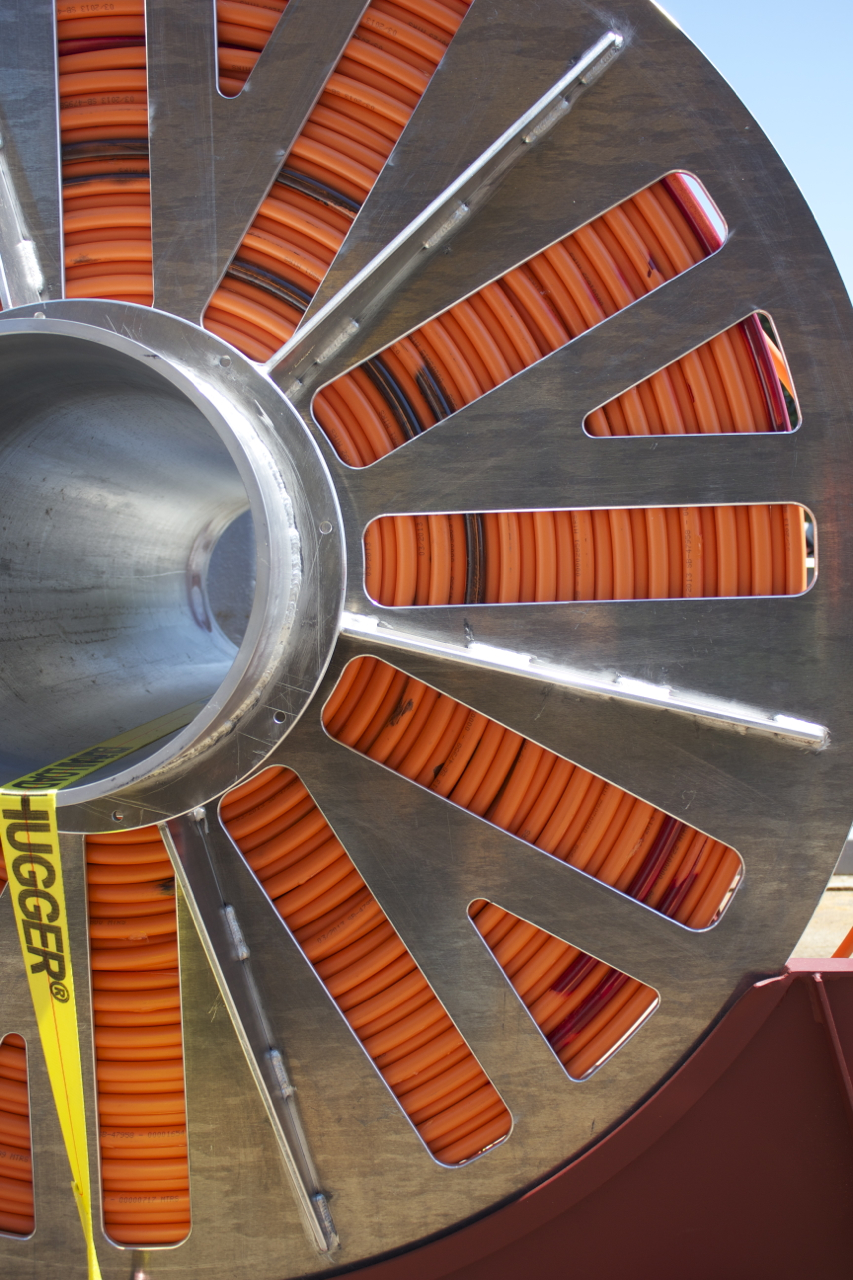
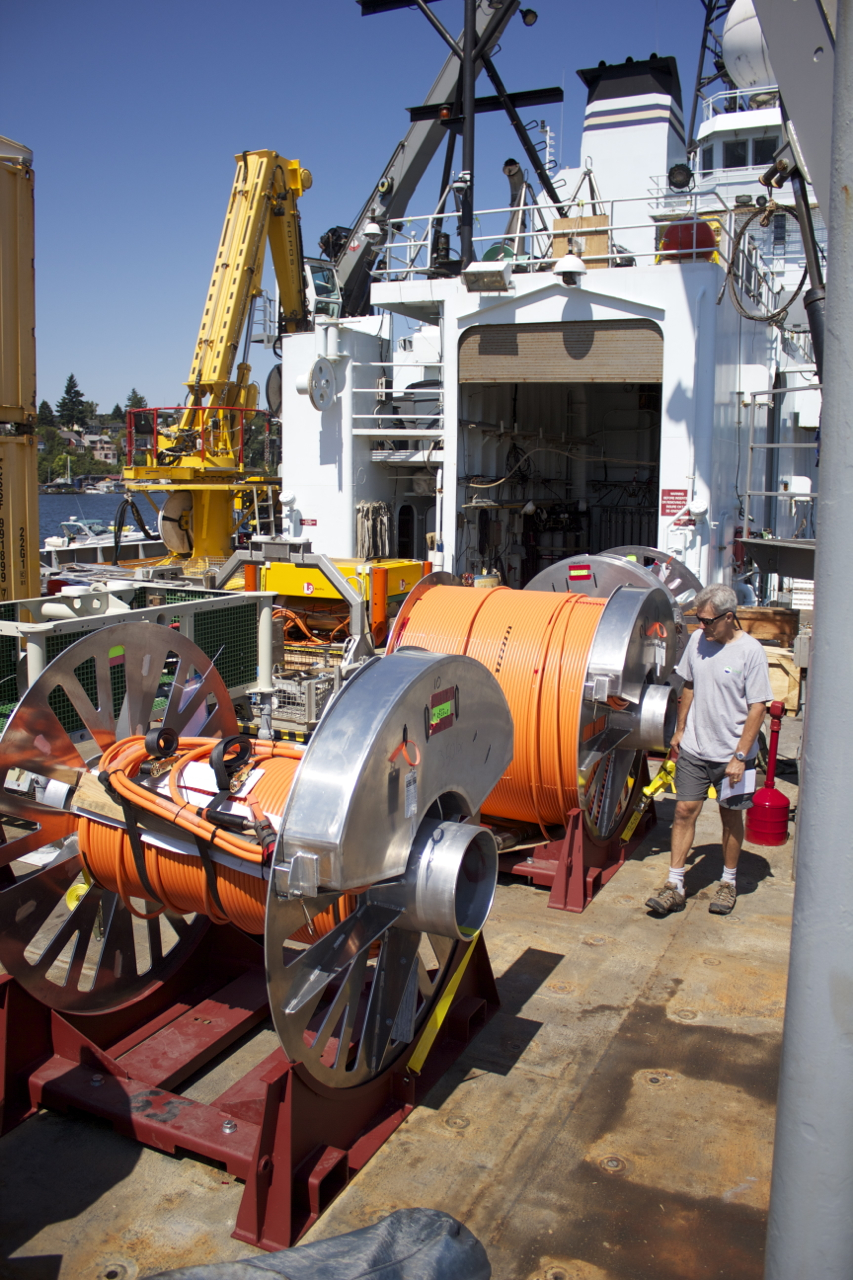

Applied Physics Lab engineers Tim McGinnis, James Tilley, and Jesse Dosher look over deployment plans. (photo: Allison Fundis)

Capt. Russ Devaney manuevers the Thompson out of Newport, OR to set sail for Leg 2. (photo: Allison Fundis)

Co-chief Scientist, Deb Kelley, enjoys the view as R/V Thompson sets sail for VISIONS'13 Leg 2. (photo: Allison Fundis)

r1595_thumb

swimmingwiththethompson_med

Einstein's Grotto as first seen in 2011 and then again in 2013 (credit: NSF/UW/CSSF)

Adrian Rembold

ROV Pilots in the control room, as we examine the black smoker known as Escargot. (photo: Judy Twedt)

Julie and Allison at the logging station in the control room, making meticulous records of the dive (photo: Judy Twedt)

Beginning a nearly mile long descent to the seafloor (photo: Judy Twedt)

Preparing to the ROPOS for the first dive (photo: Judy Twedt)

Buoys on the starboard walkway (photo: Judy Twedt)

Passing through the Ballard Locks (photo: Judy Twedt)

View of downtown Seattle from Lake Union during out departure. (photo: Judy Twedt)

Primary Node 1B will connect instruments at the summit of Southern Hydrate Ridge to the Ocean Observatories Initiative's cabled network. (credit: OOI/UW/CSSF)

Dense macrofaunal communities cover the actively venting black smoker edifice called El Guapo. Here, tube worms are covered with filamentous bacteria. Also in this area are blue ciliates, palm worms, and thick colonies of limpets. Photo credit: OOI/UW/CSSF

Small 'chimlet' on the chimney Escargot in the International District hydrothermal field. Photo credit: OOI/UW/CSSF

Spare commissioning support hardware is plugged into Primary Node 3B while it is fully powered up from >350 miles away at Pacific City, Oregon. A tool basket on the left holds the hardware, as well as other equipment that may have been needed for testing. The manipulator arms of ROPOS are in the foreground, waiting for the test to be completed. Photo: OOI/UW/CSSF

A close up of the diverse ecosystems hydrothermal vents, such as El Guapo pictured here, support. (credit: OOI/UW/CSSF)

The top of the the Escargot Vent in the International District Hydrothermal Vent Field at Axial Seamount. (credit: OOI/UW/CSSF)

ROPOS pilots guide the robotic vehicle as it enters the water above Axial Volcano.

ROPOS begins dive 1592 at the summit of Axial Seamount. Photo by Mitch Elend.

Fire and boat drill aboard the R/V Thompson during Leg 1 of the VISIONS'13 expedition. Steve. Jason, and Jonathan from the ROPOS Team raced to get survival suits on. Photo by M. Elend.

Drums holding extension cables and a secondary node are loaded onto the fantail of the R/V Thompson in preparation for deployment. Photo by Skip Denny.

RSN Cables 7 Photo by Ben Fundis

RSN Cables 6 Photo by Ben Fundis

RSN Cables 4 Photo by Ben Fundis

RSN Cables 1 Photo by Ben Fundis
- Anemone
- Animal
- Arthropod
- ASHES
- Axial
- Axial Base
- Axial Biology
- Axial Caldera
- Bacteria
- Basalt Lava
- BEP
- Biofouling
- biolgoy
- Biology
- Camds
- Camera
- Camhd
- Central Caldera
- Ciliates
- Cnidaria
- Coastal Biology
- Crab
- Deep Profiler Mooring
- Dive Highlights
- Eastern Caldera
- Echinoderms
- Endurance Array
- Engineering Team
- ENLIGHTEN 10
- Exploratorium
- Fish
- Geology
- HD Camera
- HPIES
- Hydrate Ridge
- Hydrates
- Hydrophone
- Hydrothermal Vents
- Illustration
- Inshore 80 Meters
- Instrument
- International District
- J-BOX
- Jason
- Jellyfish
- Junction Box
- K12
- Lava
- Mollusk
- Moorings
- Nodes
- Nudibranch
- Octopus
- OOI
- Oregon Offshore
- Oregon Offshore 600 m
- Oregon Shelf
- Oregon Slope Base
- People
- PN1B
- PN1D
- Polychaetes
- PPSDN
- Primary Node
- RASFL
- ROCLS
- ROPOS
- ROPOS Dives
- ROV Team
- RV Revelle
- RV Sikuliaq
- RV Thompson
- Salp
- Sample
- SC13
- Science Team
- Sea Cucumber
- Sea Star
- Sea Urchin
- Seafloor
- Seismometer
- Sensors
- Shallow Profiler Mooring
- Shark
- Shipboard
- Shore Station
- Slope Base
- Smoker
- Soft Coral
- Southern Hydrate Ridge
- Sponge
- Squid
- Students
- Students & Guest Participants
- Tmpsf
- Tubeworms
- VISIONS 11 Leg 1
- VISIONS 11 Leg 2
- VISIONS 11 Viewers
- VISIONS 13
- VISIONS 14
- VISIONS 15
- VISIONS 16
- VISIONS 17
- VISIONS 18
- VISIONS 20
- VISIONS 22
- VISIONS 23
- Visualization
